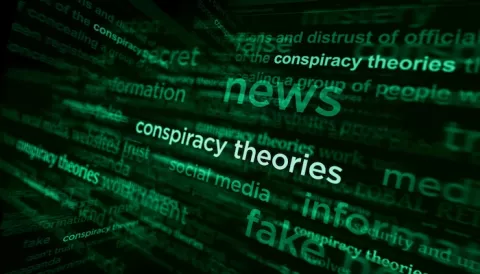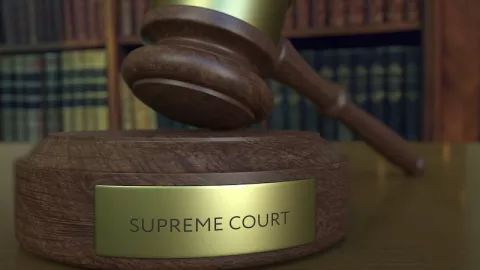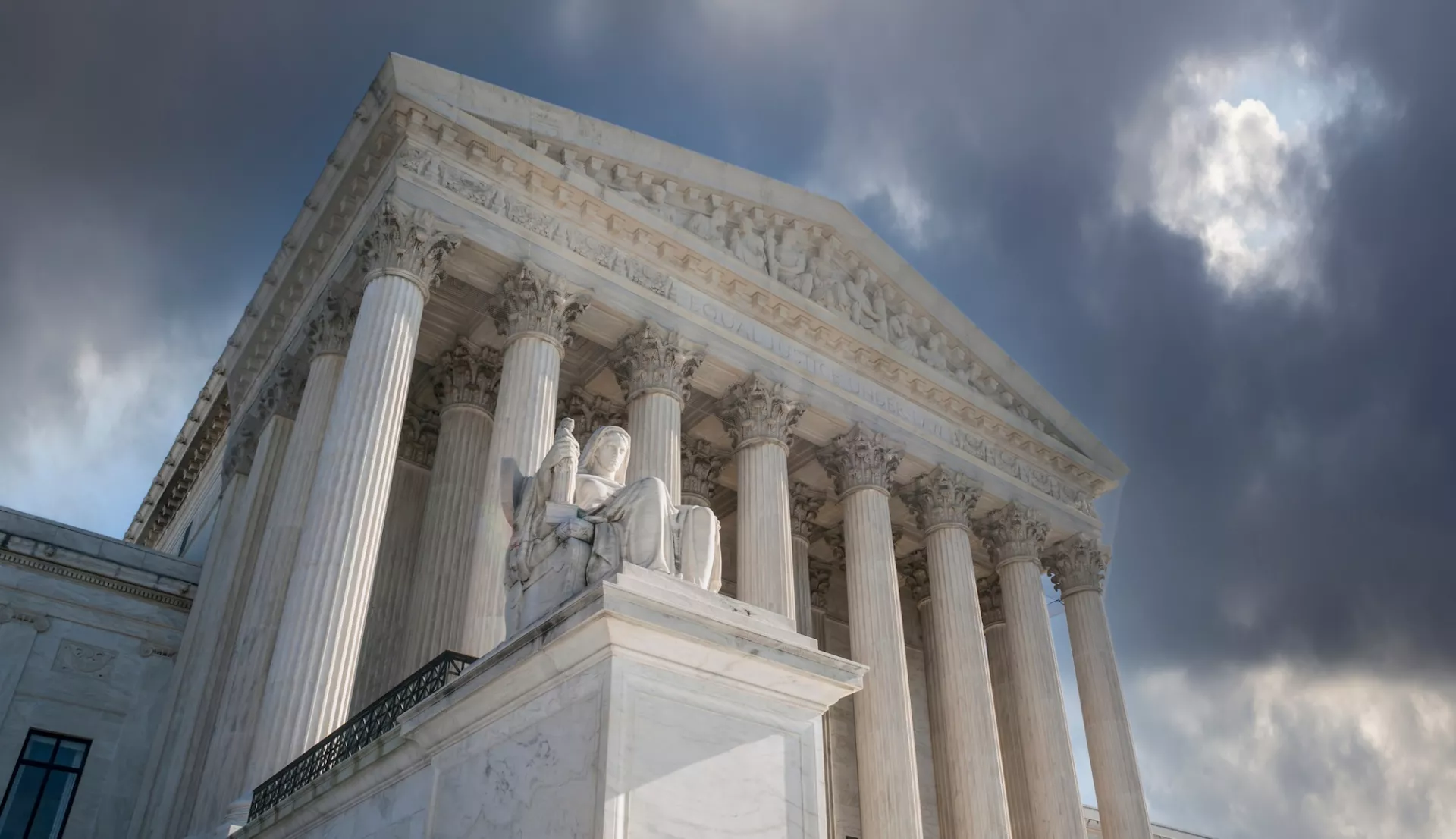Progress on Gun Violence Jeopardized
According to a recent poll by the Pew Research Center, a majority of teachers are “very” or at least “somewhat” worried about a shooting occurring at their school. That’s hardly surprising given the record high number of school shootings in 2022 (72 total).
A student’s home, however, can be even more dangerous. From 2018 through 2022, almost 900 children were victims of domestic gun violence—by a parent, stepparent or guardian.
More than 85 percent of firearm homicides of children 12 years and younger occur in the home.
All students and school staff must be able to learn, work, and live in environments free of the threats posed by gun violence. But a layer of protection may soon be peeled away by the Supreme Court. At issue in U.S. v. Rahimi is whether to strike down a federal statute that prohibits individuals subject to a domestic violence protection from having firearms.
In 2022, a federal appeals court did just that. The nine justices on the Supreme Court will either uphold that ruling or overturn it—or something in between.
Gun violence prevention and victim rights advocates are appalled that striking down this prohibition is even a possibility. In addition to endangering the lives and safety of children, such a decision would unleash a wave of litigation against existing and popular gun safety measures.
The National Education Association joined an amicus brief urging the Court to reverse the lower court decision and uphold the prohibition.
“There is no question that domestic violence and child abuse are public health crises, or that these crises are exacerbated by the widespread possession of guns,” according tothe brief. “Limiting the possession of guns by those who have committed domestic violence offenses and who are subject to domestic violence restraining orders is therefore an urgently needed intervention to protect children.”
The Limits of Free Speech on Social Media
The Court is ruling on three important cases that could determine legal boundaries around social media and free speech. In March, the Court ruled in Radcliff v Garner that public officials may be held liable under the First Amendment when they
block social media comments by members of the general public. That case grew out of legal action against a school district that was blocking parents’ comments on public social media properties.
Still to be decided are Moody v. NetChoice and Paxton v. NetChoice (consolidated into one case) and Murthy v. Missouri. The former focuses on whether the First Amendment allows states to restrict the ability of social media platforms—X, Facebook, etc.—to ban users and remove content the platform finds offensive. The fundamental question is whether these platforms are like newspapers or magazines that can exercise editorial judgement (including banning comments), or are they more like public places where individuals and groups can protest and exercise other forms of free speech?

This case is significant because states like Texas and Florida are trying to force tech platforms to abandon their community standards, leaving them vulnerable to carrying more right-wing extremism and disinformation—including Nazi propaganda, deep fakes, and destructive conspiracy theories—even when they do not want to.
In Murthy v. Missouri, the Court will consider whether federal agencies violated the First Amendment by communicating with social media platforms regarding COVID-19 and vaccine misinformation and election integrity/interference issues.
In 2023, a district court judge, responding to a lawsuit filed by attorneys general in Louisiana and Missouri, barred many federal agencies from engaging in any form of communication with social media platforms, saying they violated the First Amendment by “coercing” or “significantly encouraging” social media companies to remove or demote content from their platforms.” The Supreme Court will determine whether this injunction stands.
The case is alarming because during the COVID pandemic and the 2020 election, social media companies worked with federal agencies to share critical information and prevent the spread of misinformation on their platforms.
To most people, this would be an example of a productive and beneficial private-public partnership—especially during a national emergency. But to many on the far right, this collaboration amounts to “government coercion”— in other words, hindering their ability to spread destructive and divisive conspiracy theories.
If the Court upholds the injunction, the government will be severely restrained in its capacity to communicate with platforms about critical issues such as foreign interference in elections, disinformation campaigns, or even activities of terrorist groups online.
Supreme Court Power Grab?
For decades, right-wing activists have been waging a campaign to rein in what they see as federal overreach on public policy. One of the most important cases this year could result in a transfer of power from the Executive and Legislative branches to the Supreme Court, giving the nine justices a freer hand to overturn decisions from every federal agency, from the Department of Education to the Environmental Protection Agency to the National Labor Relations Board.
With a pair of consolidated cases this year (Relentless v. Department of Commerce and Looper Bright Enterprises v. Raimondo), the nine justices will be the determining the future of the long-standing Chevron doctrine. For 40 years, federal courts have used this doctrine to defer to a federal agency's reasonable interpretation of an unclear statute—based on the premise that qualified experts at these agencies are better situated to address any ambiguities than judges.

If the Court sides with the plaintiffs in these two cases and discards Chevron, the justices will be giving themselves significant new powers in shaping public policy. Given the ideological makeup of the current Court, this will likely result in tipping the playing field drastically to benefit corporations, upending regulations covering safe workplaces, food and drug safety, air pollution, and health care that impact all Americans. The EPA would be severely constrained in enforcing climate change and labor regulations that guarantee overtime pay and unionization rules would likely be targeted.
“Deregulation can have genuine catastrophes,” according to the Center for American Progress. “If the Supreme Court eliminates Chevron deference, it will upend 40 years of foundational law that has provided stable guidance to businesses and will replace agency expertise with the inexpert policy and ideological preferences of unelected judges.”


